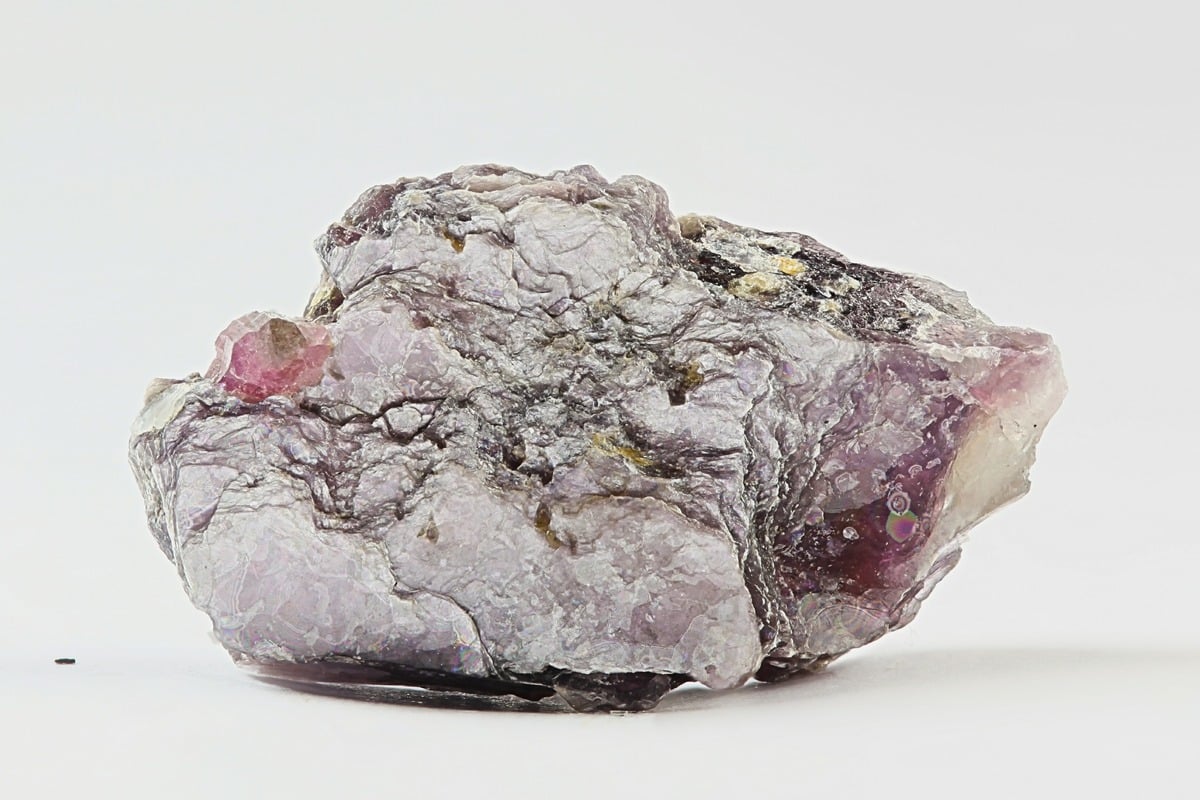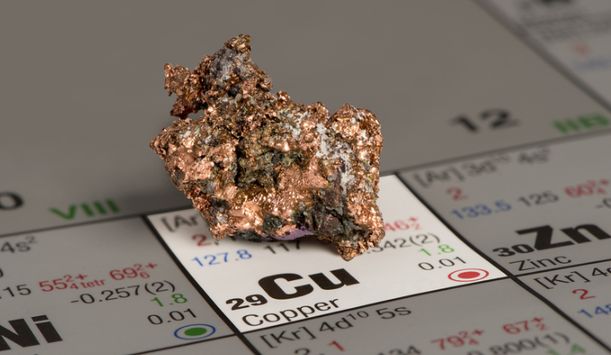
Researchers from MRL Materials Resources LLC and Savannah River National Laboratory have made a breakthrough in radially functionally graded (RFG) materials. Their study, published in the Journal of Alloys and Compounds, investigates nickel-based superalloys IN625 and IN738 fabricated via Directed Energy Deposition (DED).
The team successfully produced RFG cylindrical deposits with IN625-IN738 and IN738-IN625 gradients. As a result of optimized composition grading and carefully adjusted process parameters, these materials were confirmed to be crack-free. Additionally, the efforts to minimize thermal gradients and control solidification velocities played a crucial role in ensuring the material’s integrity. This breakthrough in superalloys IN625 and IN738 could revolutionize the way high-performance materials are designed and produced.
Key Findings: Microstructural and Mechanical Advancements
Furthermore, microstructural analysis revealed significant gradient variations, such as changes in dendrite arm spacing and microsegregation. In addition, the study highlighted the formation of distinct precipitates, including γ’ and various carbide/boride phases like MC, M6C, M2C, and MB2. After heat treatment, these evolved into M23C6 and M2B phases. Electron Backscatter Diffraction (EBSD) revealed predominant columnar grains with a [100] texture. A consistent microhardness variation was observed across gradients.
Mechanical testing showed improved strength and ductility. Heat-treated IN625-IN738 grading achieved 1131 MPa yield strength, 1382 MPa tensile strength, and 12% elongation. The synergy of IN738’s strength and IN625’s ductility results in superior material properties for high-performance applications. These findings mark significant progress in the study and application of superalloys IN625 and IN738 for critical engineering applications.
Simulation and Process Optimization
Moreover, numerical simulations, which incorporated CALPHAD thermodynamic calculations and finite element thermal modeling, enabled the team to gain valuable insights into phase evolution and the underlying microstructural features. Consequently, these tools provided a clearer understanding of the material behavior during processing. These tools optimized process-structure-property relationships, advancing manufacturing and material design for superalloys IN625 and IN738.
This study sets the foundation for high-performance materials in industries like aerospace, where strength, ductility, and resistance to extreme conditions are essential. The improved properties of superalloys IN625 and IN738 can enhance the design and performance of components exposed to high-stress environments.











Leave a Reply
You must be logged in to post a comment.